
Why Multisensory Learning Matters in Early Childhood
Children learn best when they use more than one sense. Discover how movement, rhythm, and multisensory play build focus and confidence.

Interactive Metronome Explained (Without the Jargon)
Interactive Metronome uses rhythm and feedback to strengthen timing, attention, and regulation. Learn what it is, how it works, and why it helps children.

Everyday Rhythm Games That Boost Focus and Fun
Rhythm builds attention and regulation. Discover simple clap, tap, and movement games you can play with your child anytime.

Timing and Attention: Why the Brain Needs Rhythm
Timing is the rhythm that organizes the brain. Learn why timing matters for attention and focus — and how rhythm activities can help.

Balance and the Brain: How Movement Builds Focus
Balance activities do more than build coordination. They strengthen the brain for focus, attention, and learning. Discover simple balance games you can try today.
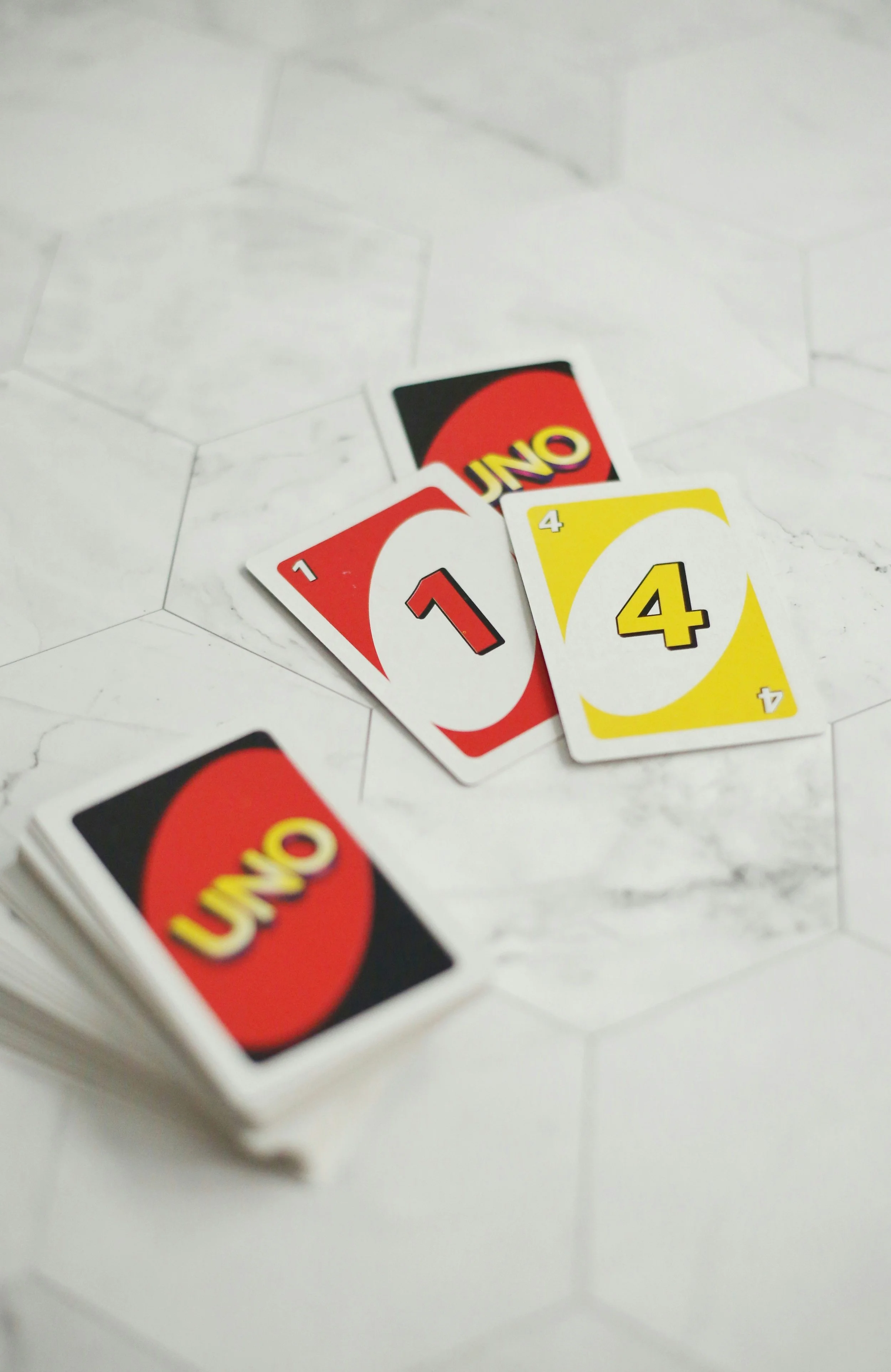
Turn-Taking Games: Building Regulation, Attention, and Connection
Turn-taking games aren’t just fun — they build regulation, attention, and social connection. Learn simple games you can try at home.
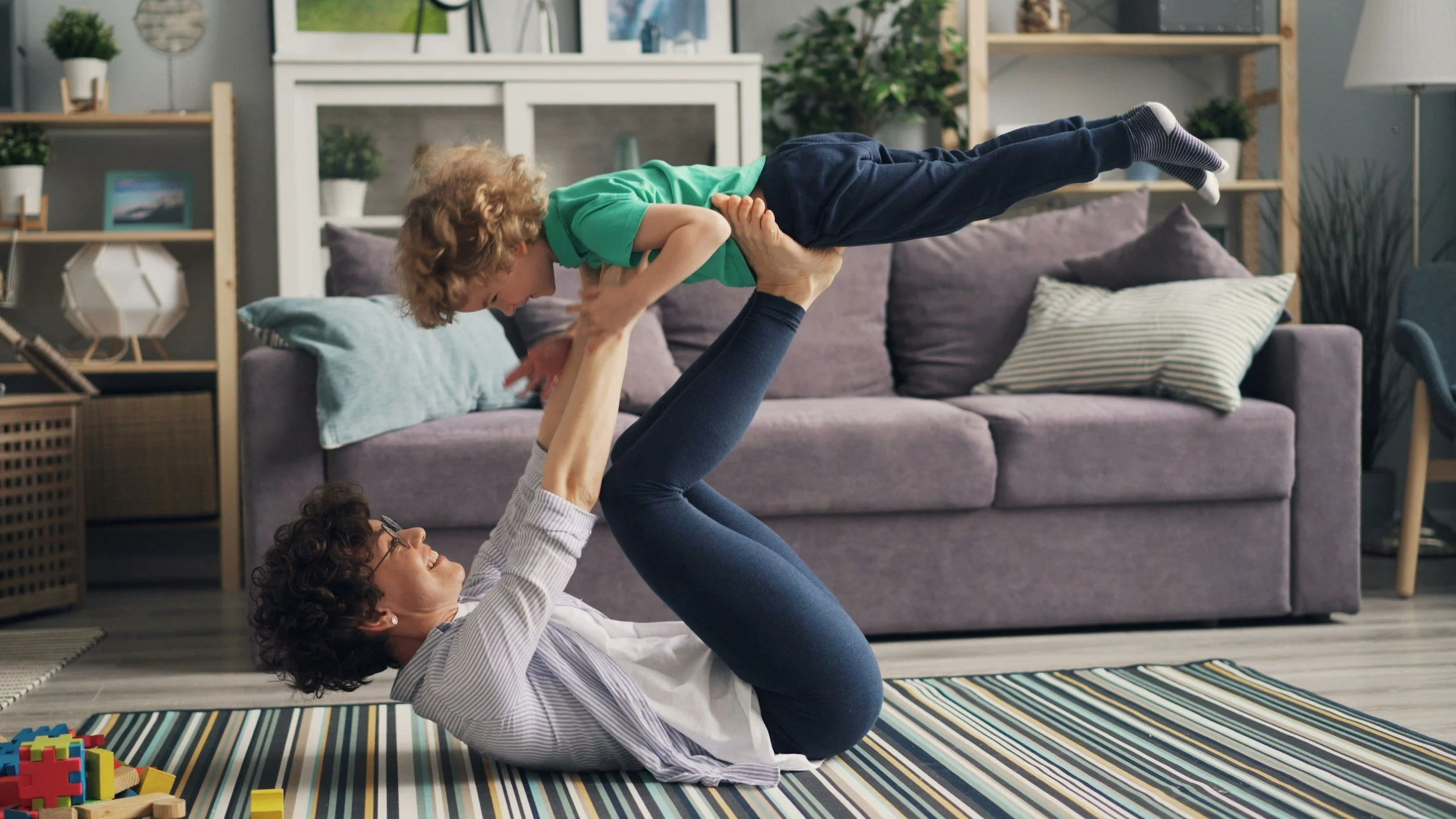
A Parent’s Guide to FEDCs in DIR/Floortime
This guide brings together all of our FEDC posts in one place. Learn about the developmental capacities in DIR/Floortime and how they support your child’s growth.

Understanding Higher FEDCs: Expanding Abstract and Reflective Thinking
FEDCs 7–9 expand children’s abilities into flexible, emotional, and reflective thinking. Learn what these stages look like and how to support them at home.

Heavy Work for Little Bodies: Why Kids Need Push, Pull, and Carry Activities
Heavy work activities — pushing, pulling, carrying — help children feel calm and focused. Learn easy ways to add heavy work into your child’s day.

Understanding the First Three FEDCs: The Foundation of DIR/Floortime
DIR/Floortime uses developmental capacities, or FEDCs, as building blocks for growth. Learn about the first three — regulation, engagement, and communication — and how to support them at home.
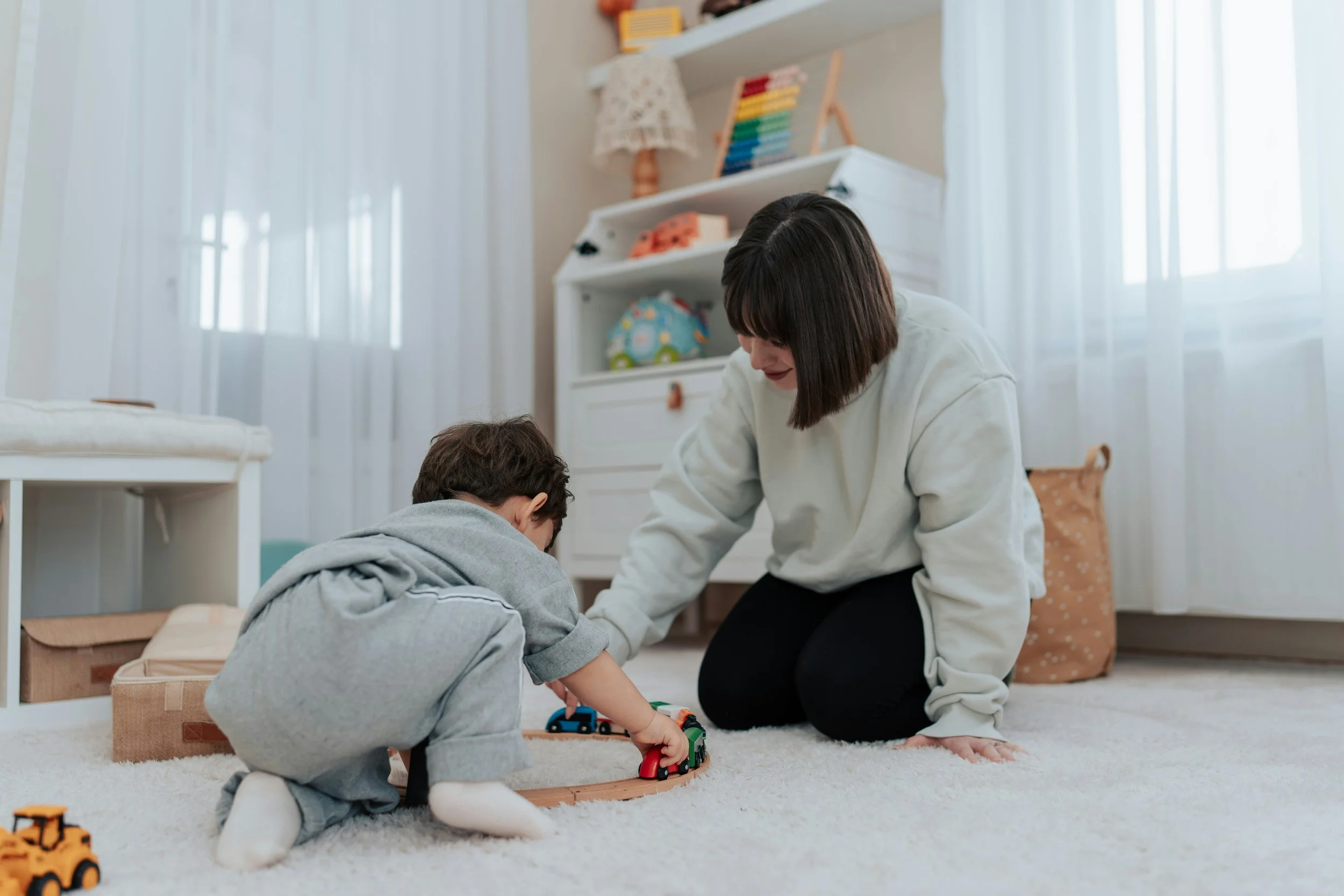
DIR/Floortime Explained (Without the Jargon)
DIR/Floortime doesn’t have to be complicated. Learn what it means, how it works, and why it matters — explained in plain language for parents.

Making Transitions Easier: Simple Tips for Everyday Routines
Transitions can be tough for kids — and parents. Learn 5 simple strategies to make daily routines smoother and less stressful.
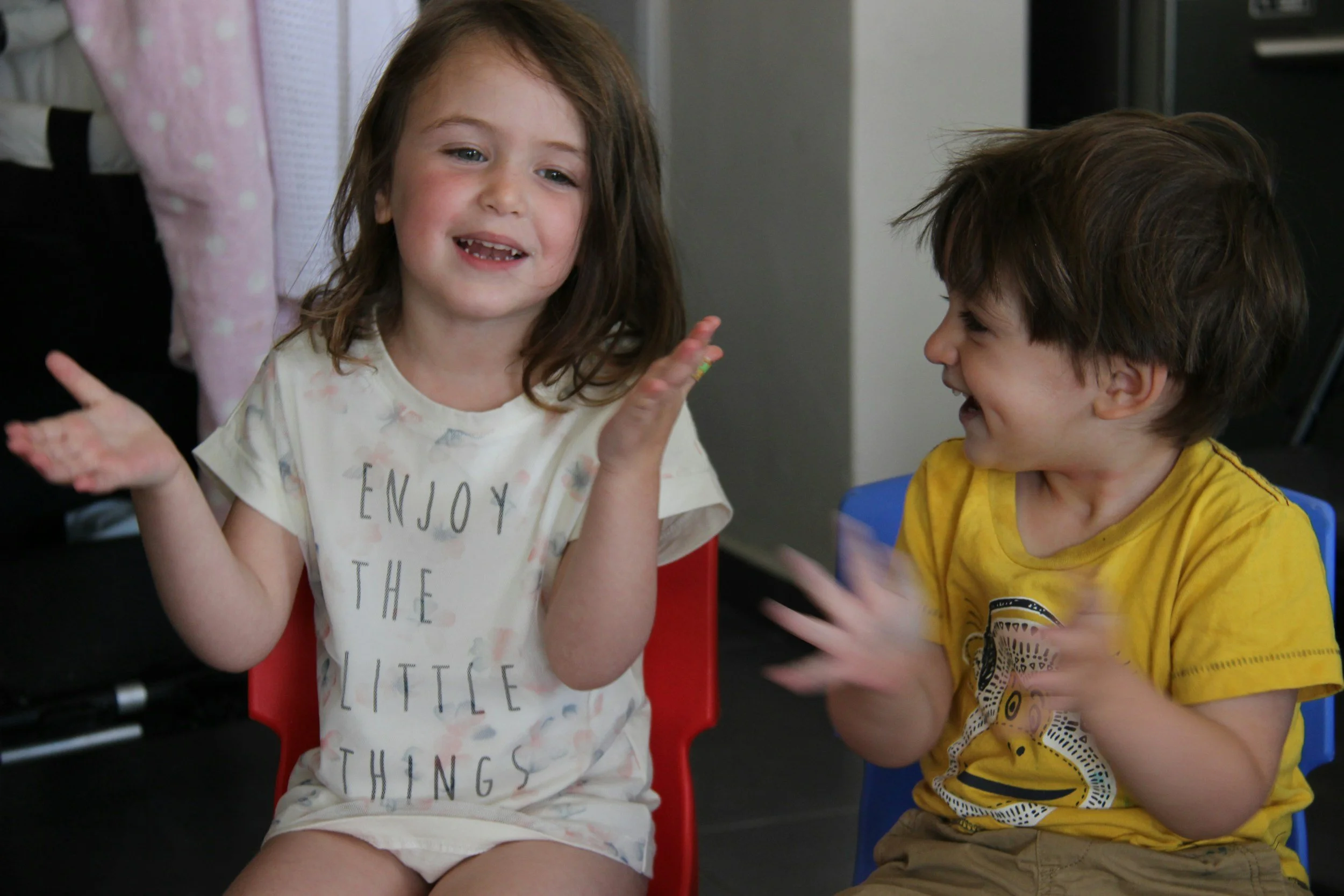
How Music and Rhythm Build Attention
Music and rhythm are more than fun — they build attention, coordination, and focus. Discover simple rhythm activities you can try at home.
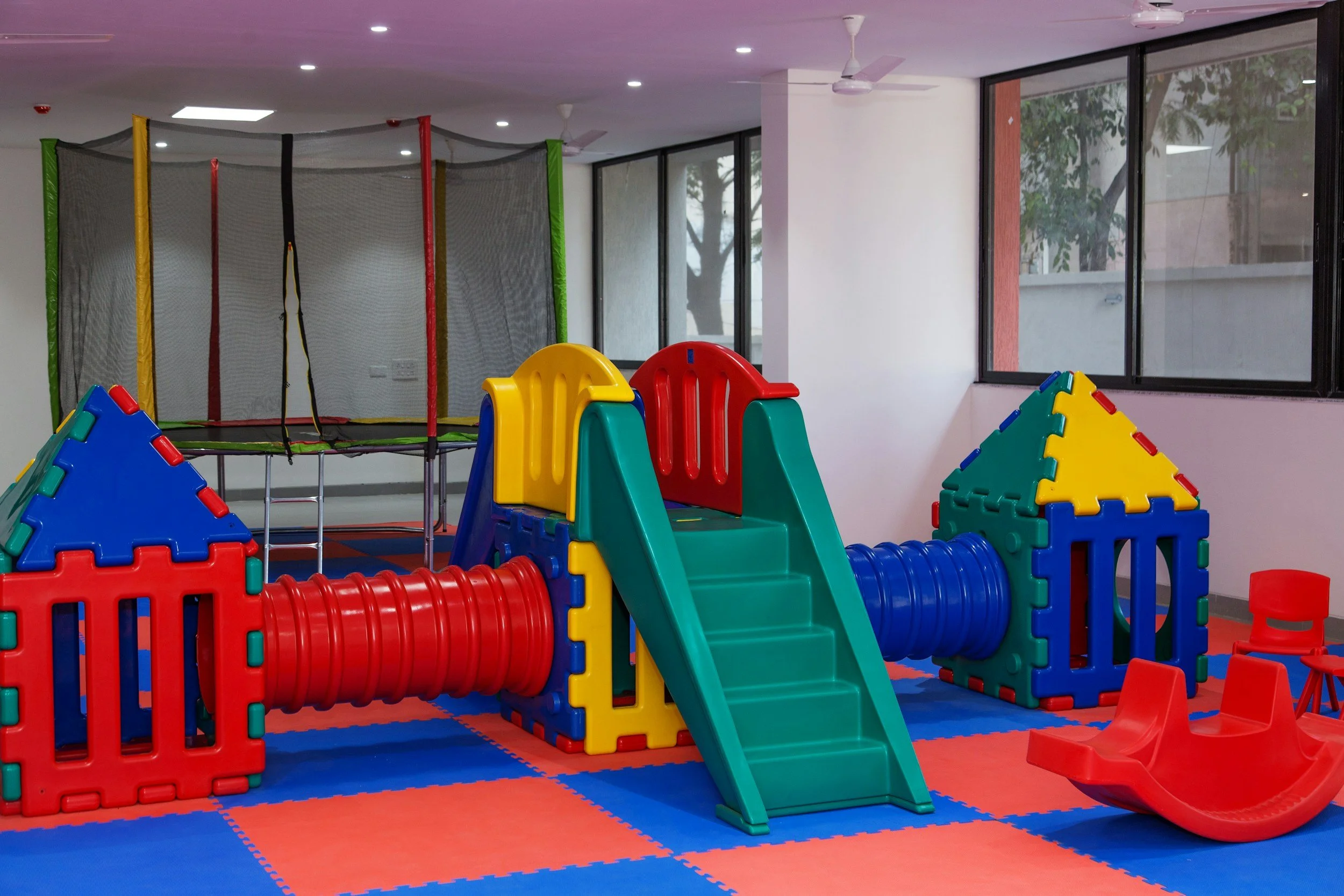
Obstacle Courses: Building Focus, Balance, and Fun
Obstacle courses are more than fun. They build motor planning, balance, and focus. Learn how to set one up at home with everyday items.
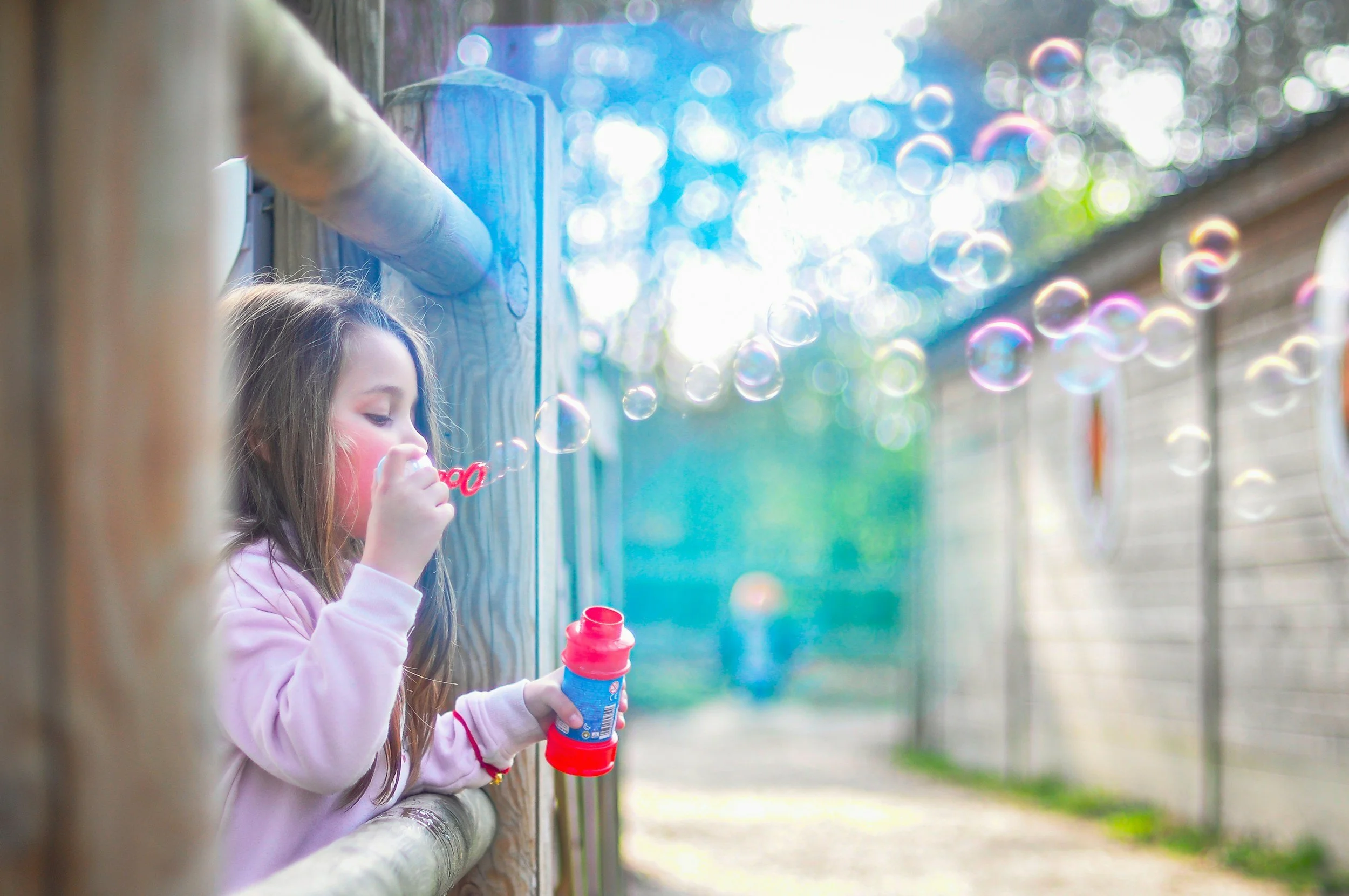
Helping Your Child Stay Calm: Everyday Regulation Strategies
All children need help learning how to stay calm. Discover 5 simple everyday strategies any parent can use at home to support self-regulation.

Red Light, Green Light: One Game, So Many Skills
Red Light, Green Light isn’t just fun- it builds attention, regulation, and social skills. Learn why it matters, what to watch for, and how to adapt it for your child.

Play is Learning: How Simple Games Build Communication
Play is how children learn to connect and communicate . Discover simple games that build language and social skills in everyday routines.

5 Simple Sensory Strategies Parents Can Use at Home
Simple movement and sensory activities can help children feel calm and focused. Here are 5 easy strategies parents can try at home- no special equipment needed.

Why Movement Matters for Early Development
Movement isn’t just exercise. It’s the foundation for how young children learn, focus, and connect. In this post, you’ll see why movement matters and simple ways to build it into everyday life.
